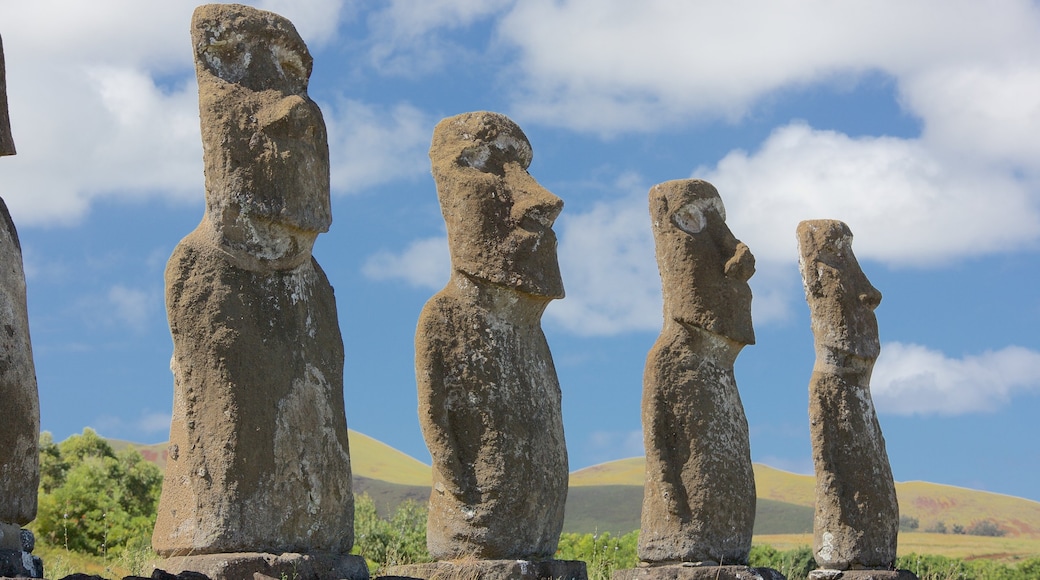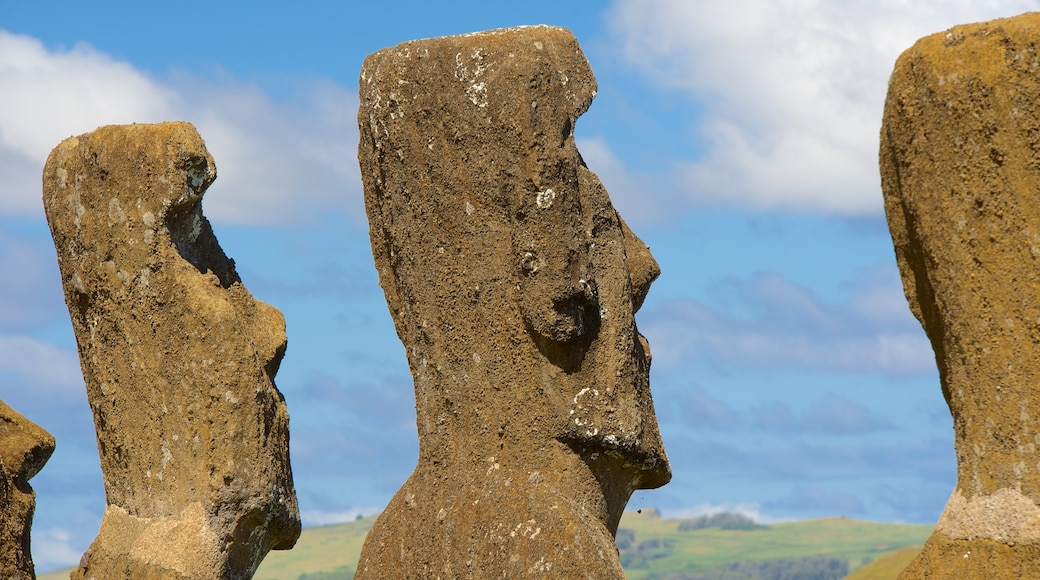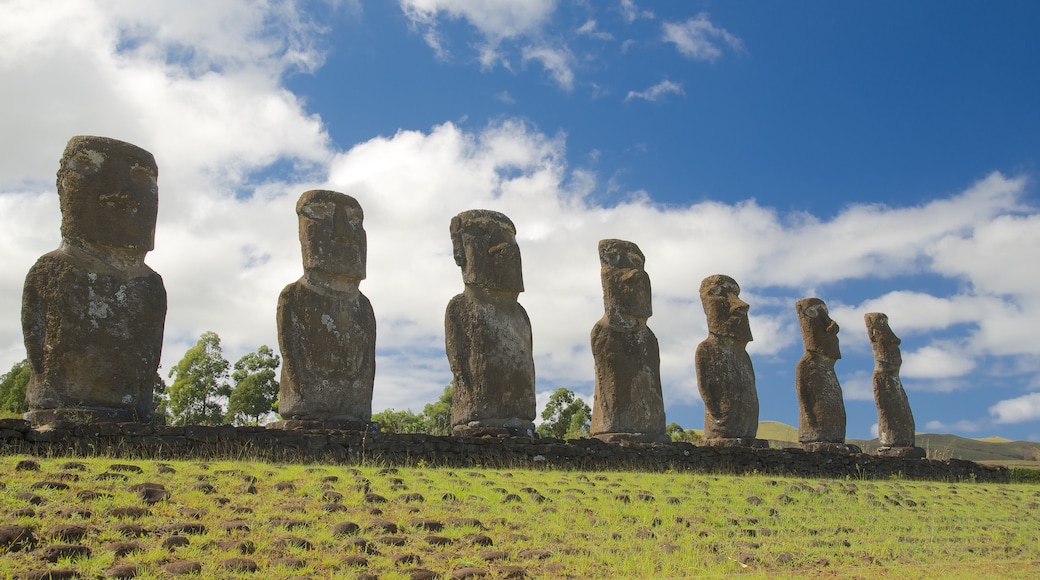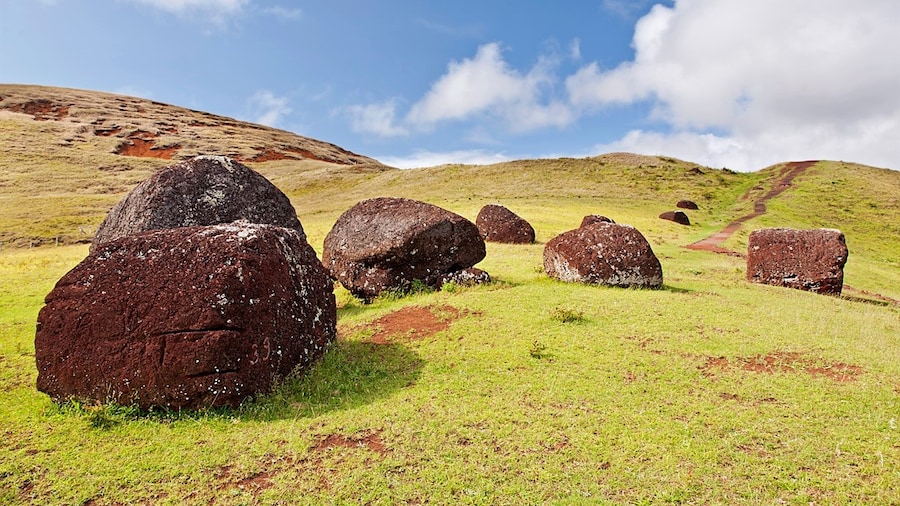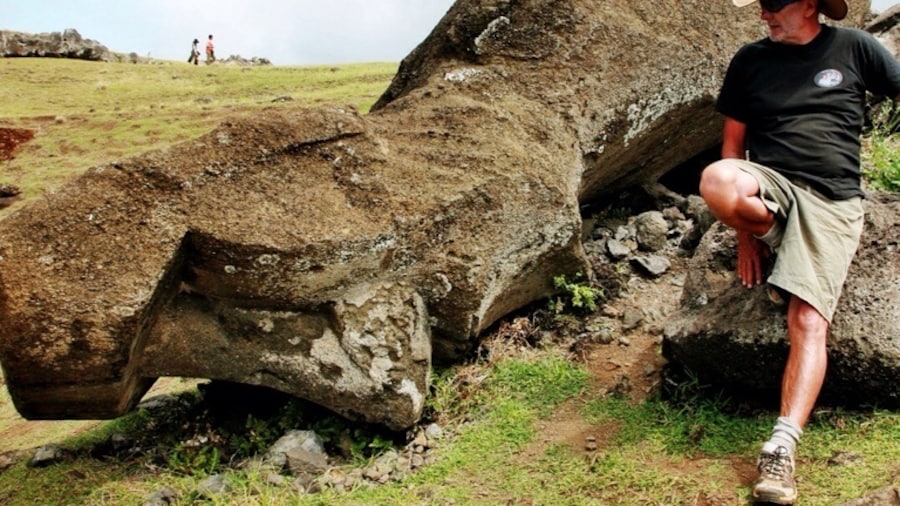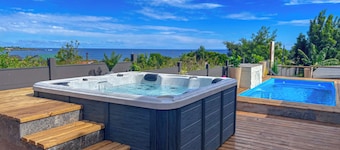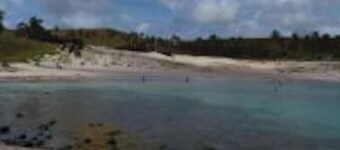Venture inland to this sanctified site, home to a row of monumental carved stone heads created in the 16th century by the Rapa Nui people.
Among the most sacred parts of Easter Island, Ahu Akivi is known for its large-headed stone statues called moai. Here seven moais stand in a line facing the ocean and are all of equal size and shape. Marvel at the scale of these massive volcanic tuff sculptures.
Historians have learned a great deal about the scientific aptitude of the Rapa Nui people from this site due to the geographical significance of its position. Discover the theories surrounding this mysterious site, which was created in the 1500s.
Most moais on the island face inland toward a settlement or village and are believed to represent revered Rapa Nui ancestors and leaders. Notice how the statues here look out over the sea instead. Because of this, these figures are thought to depict the first seven Rapa Nui explorers who arrived on the island and hence, they are looking back to their homeland.
Find out what the precise location of the sculptures tells us about their makers. They face the sunset on the spring equinox and have their backs to the sunrise on the fall equinox. This is the only spot on the island where such importance was given to astronomy and it is thought that it may have been used as a celestial observatory to tell the date.
Take photos of the stern-looking faces of the statues, which stand on a long and narrow platform. They are carved from volcanic rock and each stands at a height of 18 feet (5 metres). The width of the entire row is 230 feet (70 metres).
Stay for the sunset, when the large heads turn into dark outlines against the dusk sky. As the moon rises, try to imagine what would have been happening at this site 400 years ago.
Ahu Akivi is in southwestern Easter Island, about 3 miles (5 kilometres) inland from the north coastal area of Hanga Roa. Driving from Hanga Roa should take around 20 minutes. Alternatively, hike from Hanga Roa it will take more than an hour to get here on foot.
